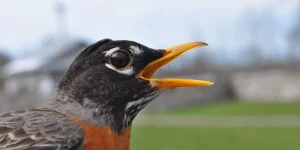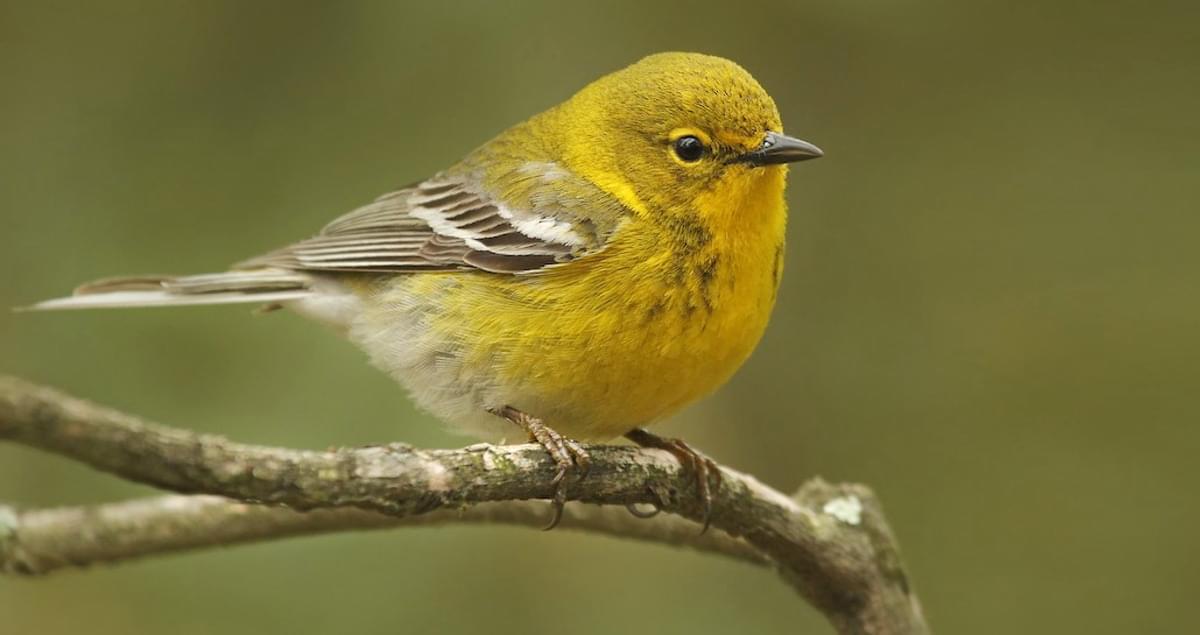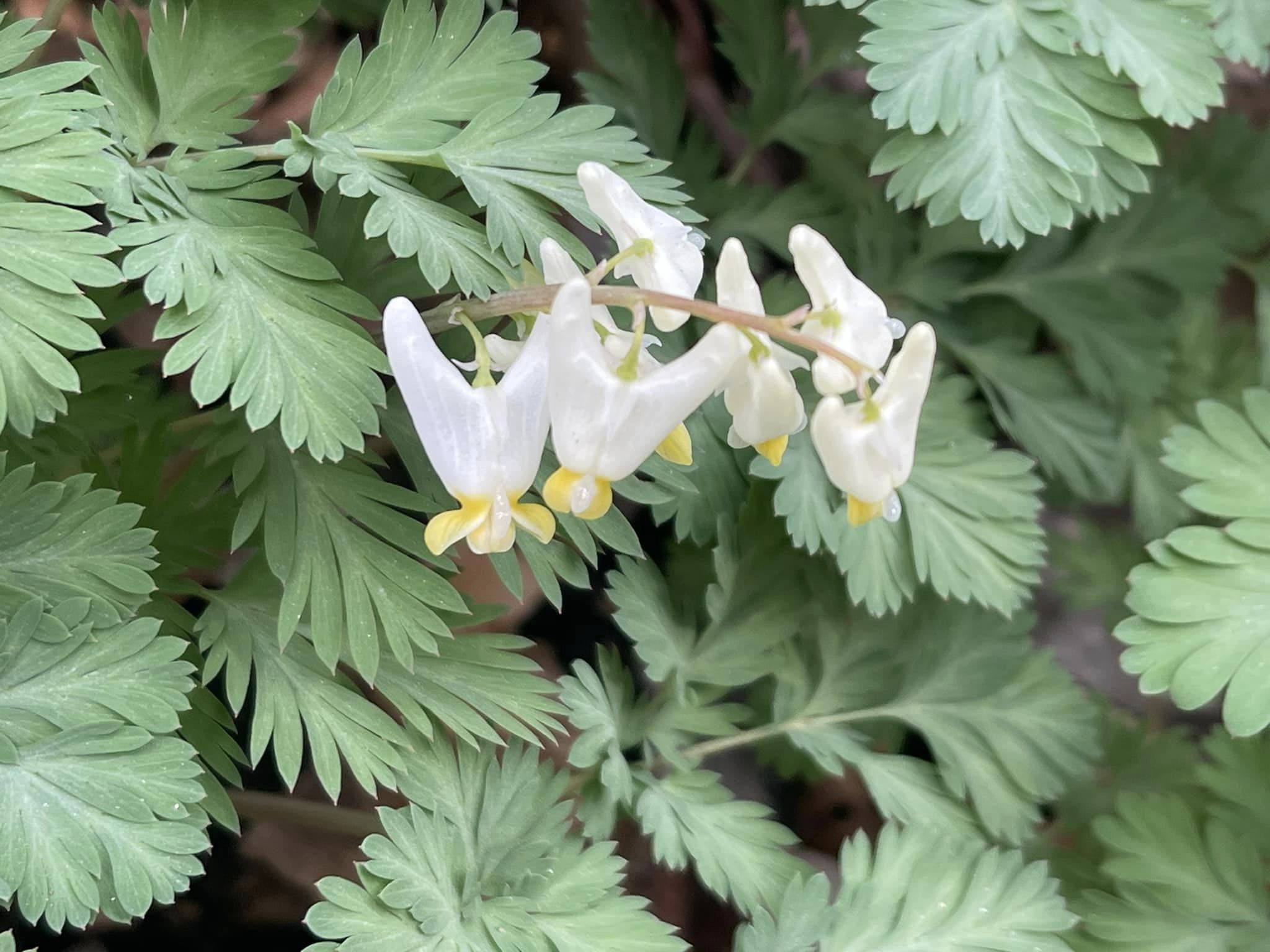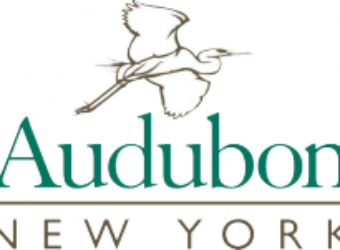Fragile Magic
After a month of rain and cold winds interrupted by occasional warm spells (and earthquakes and eclipses!), spring has finally come to Croton Point Park.
The signs are everywhere. Picnics and enthusiastic multi-generational soccer games spill out across the mowed fields beside the river, where the smells of barbecue from a dozen cultures provoke hunger pangs in those not invited. Near the entrance, shouts ring out from cricket games, inexplicable to the novice but intensely exciting to those in the know. The RV lot, empty in February, is now nearly filled with everything from tiny Airstreams to massive vehicles that look like their owners have brought entire apartment houses on vacation. Even the tent campground is hosting its first intrepid campers.
And it’s not just the people. Nature has noticed the change of seasons, too.

Take a walk away from the crowds, especially early in the day, and you’ll notice that the air is filled with birdsong. Much of it comes from species that have been here all winter—robins, cardinals, woodpeckers—that are newly active and vocal as they pair up and establish territories. Nesting season is so short and demanding that there’s no time to waste.
But the newcomers, the species that have just arrived from as far away as Central America, are even more vivid signs of spring. Eastern Phoebes, a kind of flycatcher, call out their names in nearly every corner of the park. Tree Swallows swoop gracefully overhead or vie for ownership of the nest boxes set up in the park’s fields. Even the first warblers have shown up: Pine, Palm, and Yellow-rumped, all providing heartening flashes of yellow after the long gray-brown winter.

These arrivals are just the beginning of a flood to come. Nearly two dozen warbler species, vireos, orioles, Scarlet Tanagers, Ruby-throated Hummingbirds, and so many more are currently on their way from South America and other distant lands. It amazes me to realize that these tiny packages of energy and willpower (a Ruby-throat weighs about a tenth of an ounce!) are currently in the midst of flights of hundreds or even thousands of miles.

But signs of spring go far beyond the birds. The park’s gnarled willows are covered in yellow-green flowers and early leaves and the oak trees are starting to bloom. (Keep an eye on the oaks during the coming weeks—their blossoms attract hordes of bugs, making them a favorite spot for migrating orioles, warblers, and other insect-eating birds.)
Meanwhile, a different kind of botanical spectacle is taking place at ground level. In the less disturbed, even hidden parts of the park, this is the season for spring ephemerals—fragile and threatened native wildflowers whose subtly beautiful blooms appear in the early spring and vanish just as quickly. Look carefully, and you can find Dutchman’s Breeches, Trout Lilies, Spring Beauty, and others. Don’t miss your chance!

As the season goes on, the quickening of life is visible everywhere. Gray Squirrels and White-tailed Deer were around all winter, of course, but only in the past couple of weeks have I started being scolded by chipmunks again. And I just saw my first Groundhog (aka Woodchuck), recently emerged from hibernation to graze on one of the park’s expansive lawns.
These mammals can be seen throughout our region in this season, of course. But there are others, rarer ones, that show once again how much of a treasure Croton Point is. Recently, a keen-eyed visitor came upon a set of tracks in the sand of one of the park’s beaches. Large, with five-clawed toes, the tracks could only have come from a member of the family Mustelidae, the fascinating group of small- to medium-sized carnivores that includes weasels and minks.

But the size of these prints and the animal’s bounding gait point to one of two spectacular species. It might have been a Fisher, a forest-dweller that can grow to more than three feet in length and weigh more than 10 pounds. Could the park host a small population of this rare predator? It’s possible.
Or the tracks could have been left by a North American River Otter, a species that uses the Hudson River and its bays as highways. Just to think of one choosing Croton Point to rest and explore is exciting…as is the prospect of looking down at the shore and seeing one, or perhaps a whole family of them playing on the beach.

Picknickers, campers, Eastern Phoebes, Great Horned Owls, Dutchman’s Breeches, Woodchucks, and River Otters: There are few places in the region (on earth?) that show more vividly how it’s possible for humans and nature to successfully coexist, even in a mere 500 acres of grassland, coastline, and scrubby forest.
But as is inevitable in today’s world, it’s a delicate balance. If it tips over, it’s the wild things that suffer, as always. So as you enjoy your spring walk, picnic, barbecue, or cricket match at Croton Point or one of your own favorite parks and preserves, please take a moment to appreciate how precious this all is.
And, when you’re back home at the computer, share your feelings. Tell your friends—or better yet, bring them along on your next nature walk. And let your representatives, park officials, and other decision-makers know both how much you appreciate the work they’re doing and how important it is that they keep going. (Please also feel free to let them know where they still need to improve—I certainly do!) To make that easier, here are some phone numbers and email addresses for some Westchester County officials:
New York State Senator
Pete Harckham
914-241-4600
harckham@nysenate.
and Conservation Commissioner
Kathleen O’Connor
914-231-4504
parksinfo@westchestercountyny.
Copyright © 2024 by Joseph Wallace













